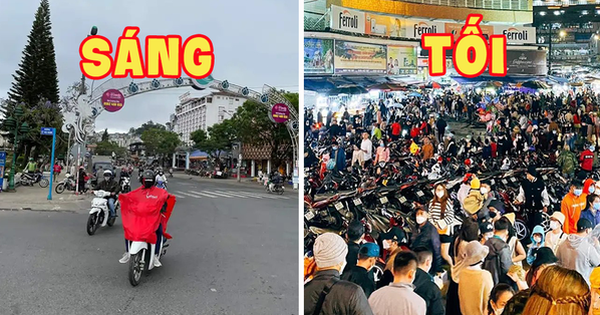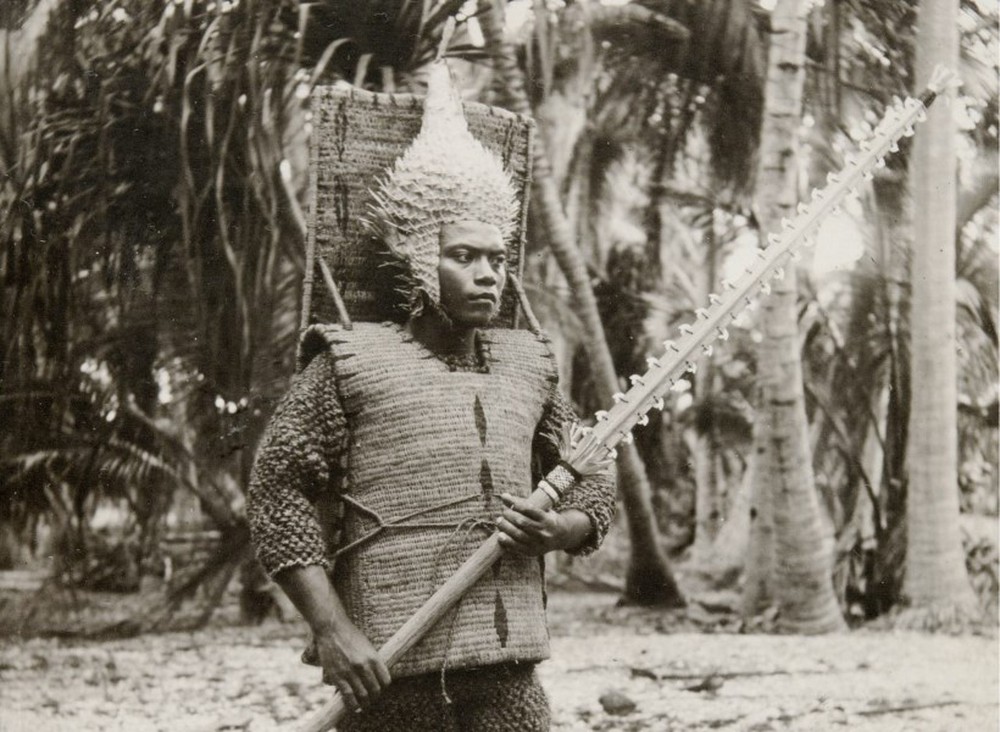
Man Kiribati in the complete ‘houseplant, sea fish’ armor.
Everyone laughed scornfully, not knowing that these two items imply a very beautiful outlook on life.
First Armor…weak
Kiribati is located in the central Pacific Ocean, with an area of 811 square kilometers and a population of about 122 thousand. This is one of the poorest countries in the world, natural resources include only 2 staples: coconuts and seafood.
Since ancient times, the Kiribati people have lived on fishing and coconut picking. They make use of the bones and teeth of some fish species, and make tools and weapons, such as shark teeth, stingray spines, etc. In the community, Kiribati men play the role of warriors. Before going into battle, they wore full armor from head to toe, wielding wooden swords studded with shark teeth.
The Kiribati men’s armor consists of a pufferfish skin hat and coir clothing. The warrior hat is made of porcupine puffer skin with spikes. The Kiribati people make it by inflating the porcupine puffer fish to its full size, then skinning it and drying it.
Dried porcupine fish skin with sharp spikes. The Kiribati people take coconut fiber to weave it into a lint, make the inner lining, and braid the coir into a rope, tying the strap. On the surface, the puffer fish hat is quite “ferocious”. However, the dried puffer fish skin is very crispy, even if it is accidentally dropped on the ground, it will also crumble.
Coir armor is woven with coconut fiber, separate shirt and pants. In addition, the Kiribati also have a back shield made of coconut fiber. However, neither shield nor armor has any defensive effect.
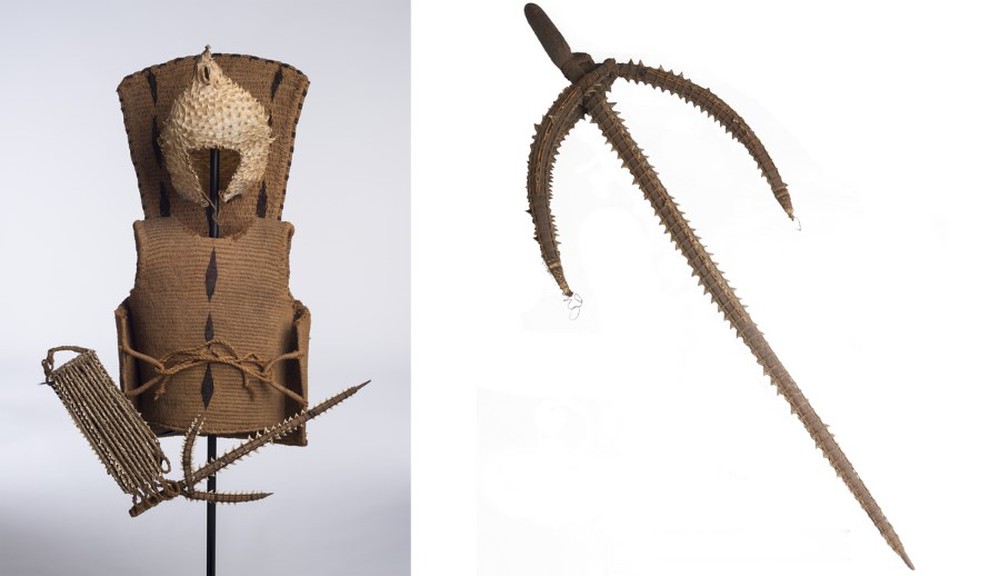
Currently, Kiribati only has a few artifacts left of coir armor and a pufferfish skin hat.
Misconception
For centuries, the West believed that the Kiribati’s “homemade, sea fish” armor represented their aggressive nature. They assert, the Kiribati people like to kill each other for resources.
From individuals to families, there was a one-on-one battle. Just by winning, the men of Kiribati had the right to take away the life and land of their opponents.
In fact, there is no evidence that Kiribati men wearing coir armor died fighting. Compared with other peoples in the Pacific Ocean, they also do not fight more.
“The porcupine pufferfish’s spines are poisonous, but only while the fish is alive. I’ve never seen any evidence that the spike on Kiribati’s hat is advantageous in duels,” said researcher Andy. Mills (UK) said.
As noted by anthropologists in the nineteenth century, most of the wars fought by the Kiribati were of a formal nature. They performed it in important ceremonies and always kept an eye on the warriors so that no casualties would occur.
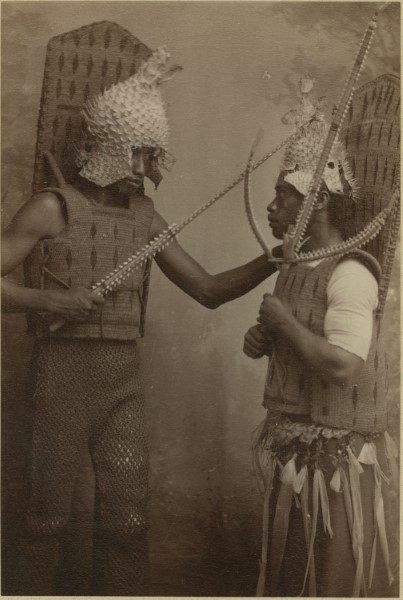
The battle between two Kiribati men was purely ceremonial.
Usually, each Kiribati community only has 1-2 complete armor sets. The Kiribati people are very respectful of the porcupine puffer fish, and absolutely do not abuse it. They only catch one to make a hat, serve the ritual.
Coir armor is a form of handmade textile. While weaving, the artist Kiribati creates patterns and adds some human hair. They especially protect the weaving technique, do not transmit it to the outside.
Compared with puffer fish skin hat, coir armor is more elaborate. It is estimated that it takes a whole year and hundreds of coconuts to make one. Coconut fiber also spoils quickly, so it is imperative that Kiribati artisans pay attention to every inch. Some communities also equip belts with dried stingray skin.
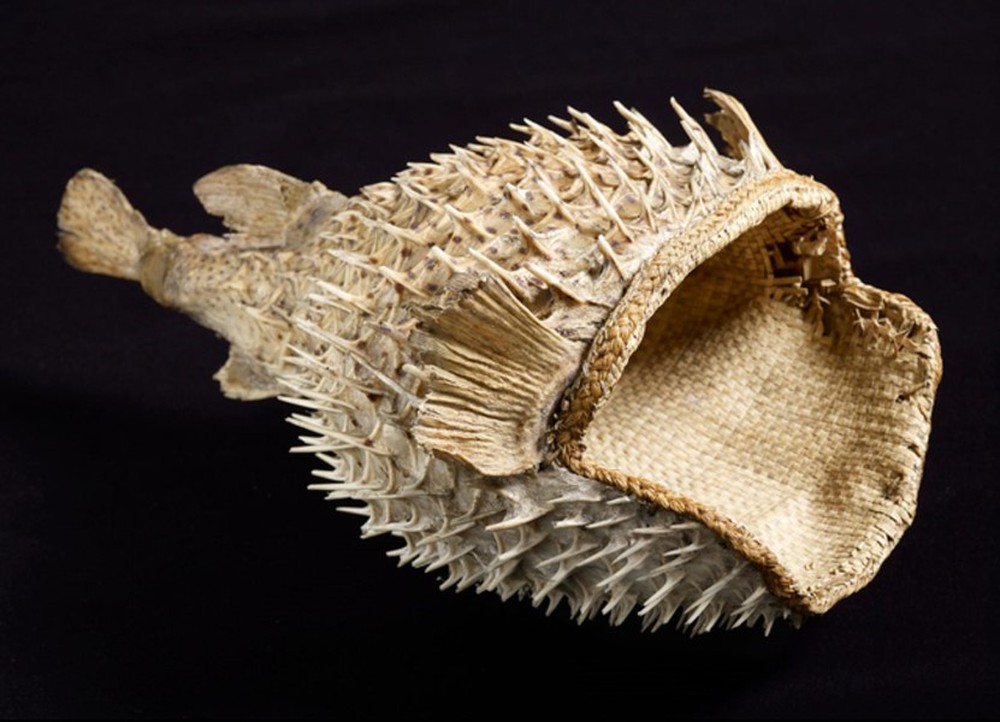
The combination of coir armor and puffer fish skin hat represents the connection between land and sea. “For us, coir armor is not clothing, but spiritual art. Every seam has a meaning. Every pattern is alive with Kiribati’s identity,” said craftsman Rareti. Ataniberu (Kiribati) shared.
In the twentieth century, Kiribati was caught up in the world war and suffered 3 years under the Japanese occupation (1941-1943). Experiencing many ups and downs, they gained their independence in 1979. Before that, from the 1950s, their last traditional coir armor manufacturer ceased operations.
In 2016, artist Chris Chateris (Kiribati) proposed to revive Kiribati armor. However, instead of coconut fiber, she uses polyethylene yarn from fishing nets, sisal yarn and manila rope.
Today, only a few artifacts left in the coir armor and Kiribati puffer skin hat. They have been handed down by Western collectors since the second half of the 19th century and are on display in a number of museums in the UK, USA, Sweden and Kiribati itself.
According to Atlasobscura
at Blogtuan.info – Source: Soha.vn – Read the original article here

